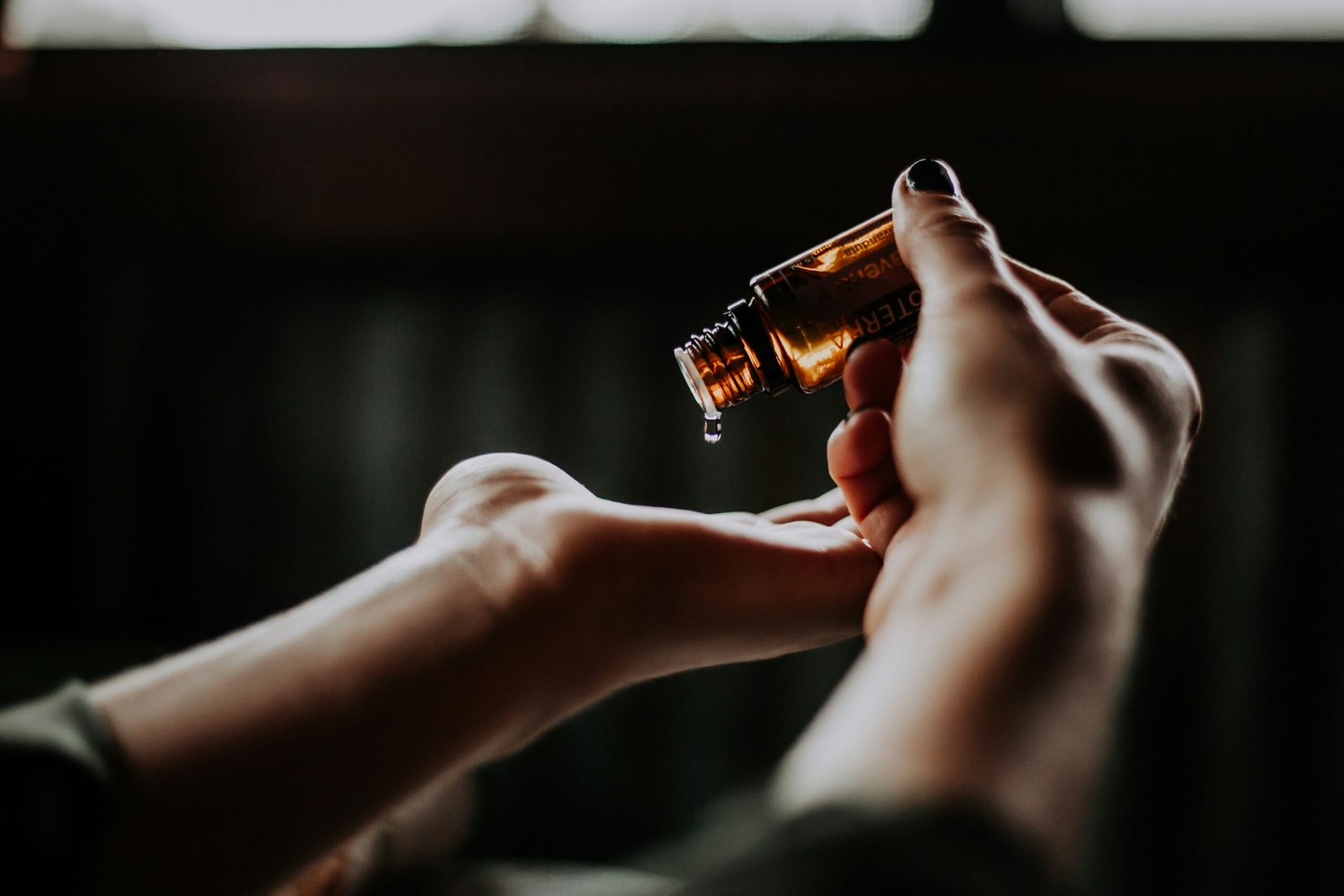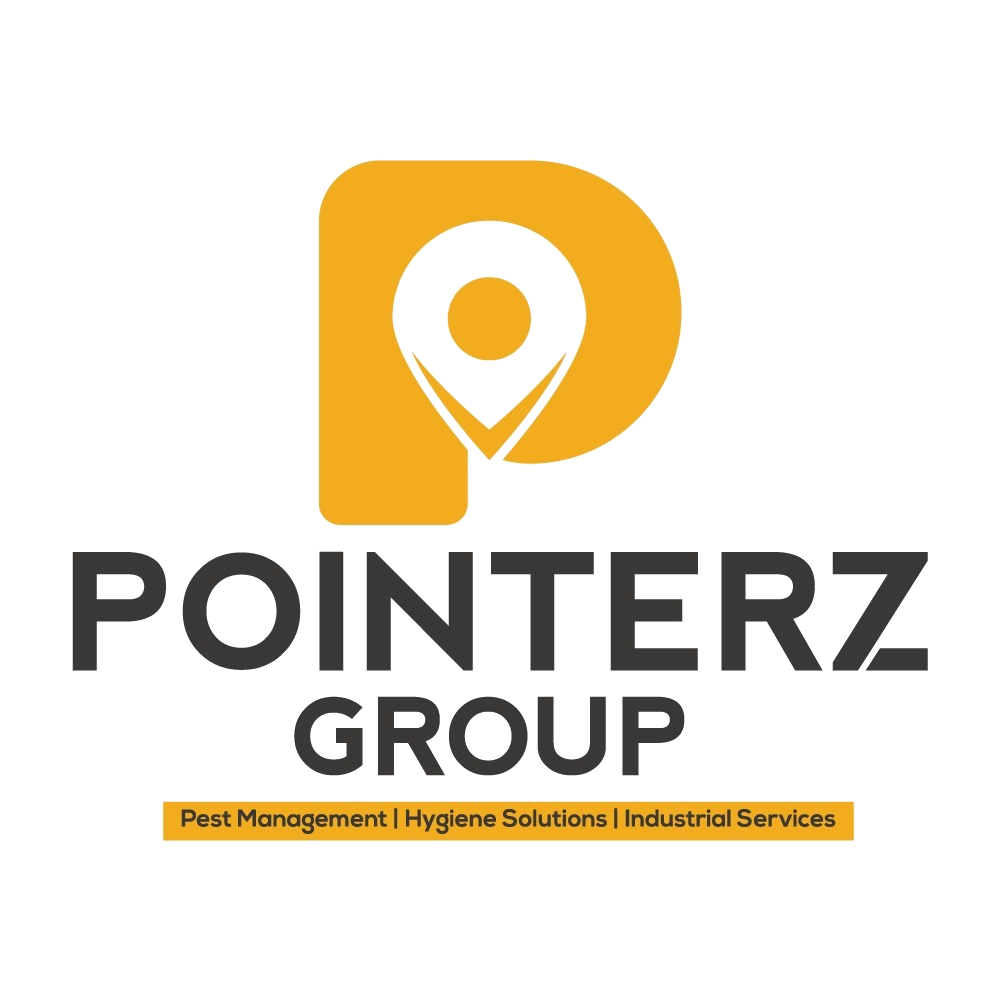
The Importance of Regular Inspection
Regular inspection is a cornerstone of maintaining a healthy environment, playing a crucial role in preventing the buildup of harmful bacteria and the spread of diseases. The lack of consistent inspections can lead to unchecked growth of pathogens, allergens, and other hazardous contaminants, posing significant risks to human health. For instance, in homes, neglecting routine checks can result in mold growth in damp areas, which can trigger respiratory issues and allergies. Similarly, workplaces that overlook regular inspections might face infestations of pests or accumulation of dust and chemicals, endangering the well-being of employees. Public spaces, such as schools and hospitals, are particularly vulnerable, as the high foot traffic increases the likelihood of contamination and disease transmission.
Different environments necessitate tailored inspection protocols to effectively manage health risks. In homes, regular checks of ventilation systems, plumbing, and food storage areas can prevent common issues like mold growth, water contamination, and pest infestations. Workplaces, on the other hand, require inspections focused on ensuring compliance with safety regulations, proper waste disposal, and maintaining clean communal areas. Public spaces need a more rigorous inspection regime to safeguard against a wide spectrum of potential hazards, including the spread of infectious diseases, ensuring the safety of large and diverse populations.
There are numerous real-life examples where proactive inspections have prevented serious health issues. For example, routine inspections in a manufacturing facility identified early signs of a rodent infestation, allowing for timely intervention before it affected the production line and employee health. Similarly, schools that conduct regular inspections of their HVAC systems can prevent the spread of airborne illnesses, ensuring a healthier environment for students and staff. These examples underscore the importance of identifying potential problems through regular inspections before they escalate into severe health hazards.
Ultimately, regular inspections are essential for early detection of issues that could compromise health and safety. By implementing systematic inspection protocols tailored to specific environments, we can mitigate risks and maintain healthier, safer spaces for everyone.
Effective Disinfection Techniques
Maintaining a healthy environment necessitates a thorough understanding of different disinfection techniques. It’s important to distinguish between cleaning, sanitizing, and disinfecting. Cleaning involves the removal of visible dirt and grime from surfaces, often using soap and water. Sanitizing reduces the number of bacteria on surfaces to a safe level as judged by public health standards. Disinfecting, on the other hand, involves using chemicals to kill a broad spectrum of pathogens, including bacteria, viruses, and fungi, thereby preventing the spread of infections.
Disinfection is essential in eliminating pathogens that can cause illnesses. There are several types of disinfectants available in the market, each with its specific use and effectiveness. Chemical disinfectants, such as bleach (sodium hypochlorite), quaternary ammonium compounds, and hydrogen peroxide, are commonly used due to their broad-spectrum antimicrobial activity. Natural disinfectants like vinegar, tea tree oil, and ethanol can also be effective, though they may not be as potent as their chemical counterparts.
The effectiveness of disinfectants depends on proper usage, including correct concentration and contact time. For instance, bleach solutions should be mixed correctly, typically one part bleach to nine parts water, and allowed to sit on surfaces for at least 10 minutes. Similarly, quaternary ammonium compounds require a specific dilution and a contact time of at least 4-10 minutes to achieve their full disinfecting potential.
To ensure comprehensive disinfection, it’s crucial to target commonly overlooked areas and items. High-touch surfaces like doorknobs, light switches, and electronics should be disinfected regularly. When disinfecting electronic devices, use wipes or sprays containing at least 70% alcohol to avoid damaging sensitive components. Always follow the manufacturer’s instructions for both the disinfectant and the item being cleaned to ensure safety and efficacy.
Creating a Routine: Inspect, Disinfect, Repeat
Establishing a regular routine for inspection and disinfection is crucial to maintaining a healthy environment. Consistency and frequency are key components of this process, ensuring that every area is thoroughly checked and cleaned on a regular basis. Start by identifying the high-touch and high-traffic areas that require more frequent attention, such as doorknobs, light switches, countertops, and communal spaces. Set a schedule that aligns with the specific needs of your environment, whether it’s daily, weekly, or monthly.
To guarantee that nothing is overlooked, it’s essential to document each inspection and disinfection session. Create detailed checklists that outline every area and item that needs to be addressed. Digital tools and apps can streamline this process, offering reminders and keeping records in an organized manner. For example, apps like Clean My Space or iAuditor provide customizable checklists and scheduling features that can help manage tasks efficiently.
Moreover, consider leveraging professional services for thorough inspections and disinfections, especially in larger or more complex environments. These services can provide advanced techniques and equipment that may not be readily available for personal use, ensuring a higher standard of cleanliness and safety.
Incorporating this routine into your daily habits brings multiple benefits. Firstly, it provides peace of mind, knowing that your environment is consistently being maintained to high health standards. Secondly, regular inspections can help identify potential issues before they become significant problems, potentially saving costs related to repairs or extensive cleaning needs in the future. Lastly, a clean and well-maintained environment promotes overall well-being and productivity, contributing to a positive atmosphere whether at home or in the workplace.
By committing to the routine of inspect, disinfect, repeat, you are taking proactive steps towards ensuring a healthy and safe environment for everyone involved.
Overcoming Challenges and Staying Motivated
Maintaining a regular inspection and disinfection routine can be daunting due to various challenges such as time constraints, lack of knowledge, and waning motivation. However, addressing these challenges effectively can lead to significant improvements in overall health and hygiene.
Time constraints are a common barrier. Many individuals and organizations find it difficult to allocate sufficient time for thorough cleaning amidst their busy schedules. One effective solution is task delegation. Assigning specific cleaning responsibilities to different members of the household or staff can distribute the workload evenly and ensure that no area is overlooked. Setting reminders is another practical strategy. Whether through phone alarms or calendar notifications, reminders can help maintain consistency in the inspection and disinfection schedule.
Lack of knowledge about proper cleaning techniques and the importance of a clean environment is another obstacle. Educating oneself and the team can bridge this gap. Numerous online resources, workshops, and certification programs are available to increase awareness and provide valuable insights into effective disinfection practices. Understanding the link between cleanliness and health can act as a powerful motivator. A clean environment reduces the risk of infections and illnesses, promoting overall well-being.
Motivation often diminishes over time, making it challenging to stick to a routine. Setting achievable goals can provide a sense of direction and purpose. Breaking down tasks into manageable chunks and celebrating small wins can boost morale and keep the momentum going. Visualizing the long-term health benefits of a clean environment, such as reduced sick days and enhanced productivity, can also serve as a motivational tool.
Real-life testimonials and case studies can offer inspiration. For instance, a local daycare center implemented a strict inspection and disinfection routine, resulting in a noticeable decrease in the spread of common childhood illnesses. Similarly, an office that prioritized cleanliness reported fewer employee sick days and a more vibrant work atmosphere. These examples underscore the tangible benefits of maintaining a disciplined approach to cleanliness.
